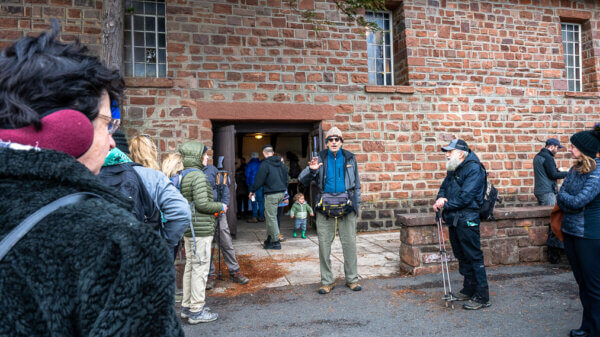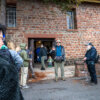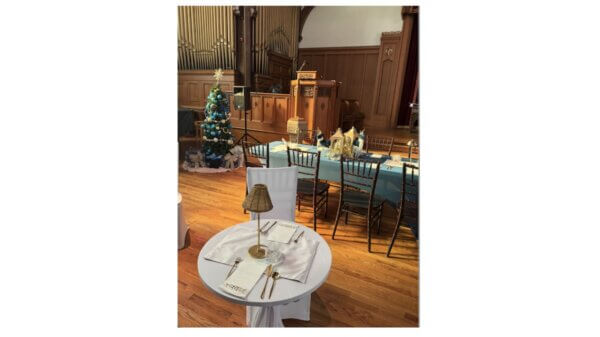At precisely 12:15 p.m. on July 20, 1909, the sharp, acrid scent of smoke spread through the village air. Inside the Jackson Hose Company’s station at 134 Main Street, flames roared up the back wall. The fire cracked and hissed as it reached the fire wagons. Thick smoke spiraled up, filling the firehouse. As the flames spread, Village Clerk Smith, standing in the old Village Hall at a second-floor window, saw the blaze growing below. Panic set in. The fire threatened to destroy everything—the firehouse, the parade carriage, the village records, and the lives inside.
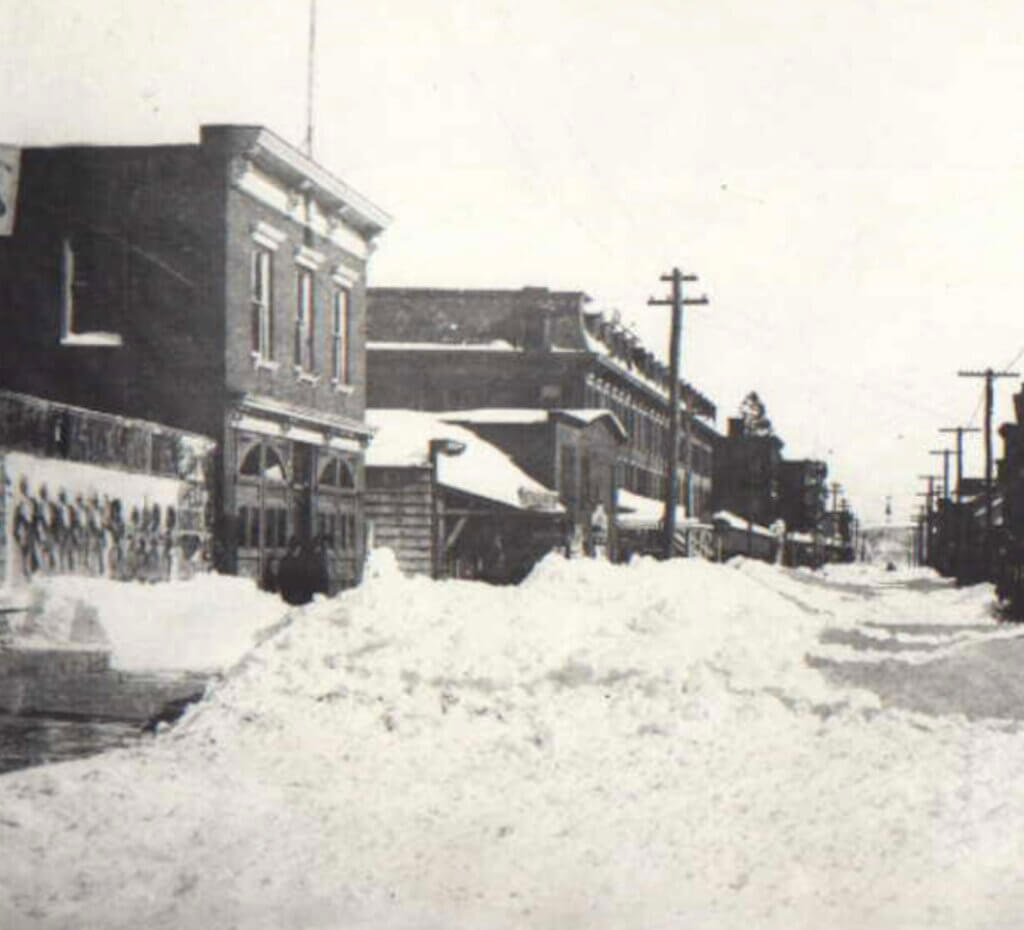
What started as an ordinary afternoon quickly turned into a desperate attempt to control the blaze. Yet, the man who had once worn the fireman’s uniform—Peter Ross—was in the thick of it, fighting the flames he may have started himself. This was no accident. Nyack had been rocked by unexplained fires for three years. Now, the firehouse burned in a fiery act that would forever stain Ross’s name.
“Whenever old-time firemen gather into their company’s comfortable quarters to reminisce, they are certain to mention the day the Nyack village hall was set on fire.”
Nyack Fire Department, 125th Anniversary, 1988
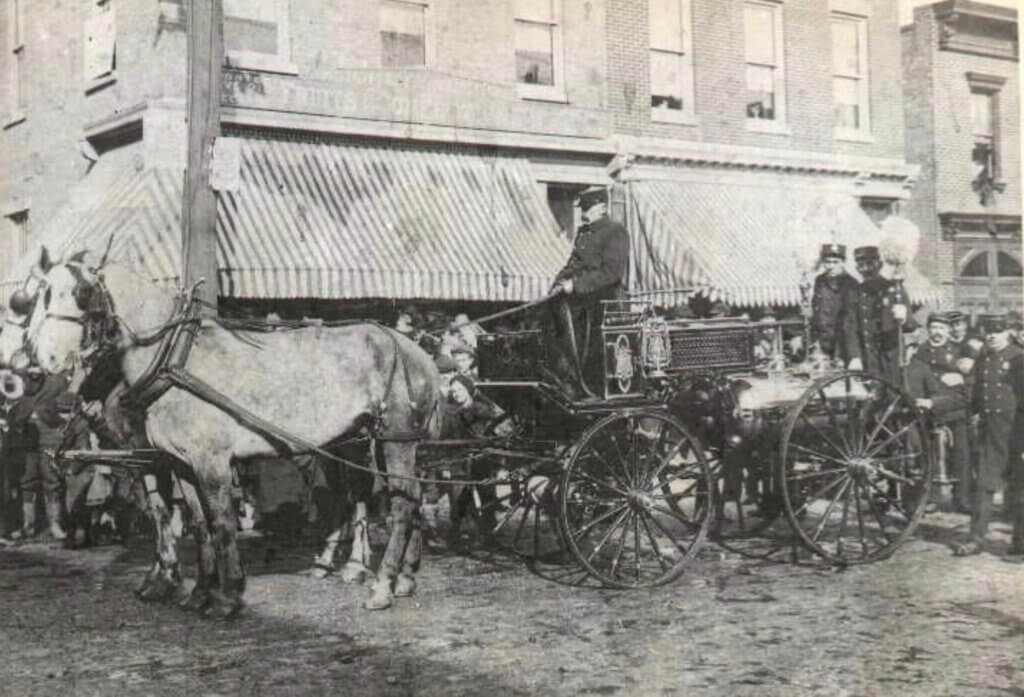
The Village on Fire: A Summer of Suspicion and Tragedy
In 1909, Nyack became the center of a series of arson fires. The fire at Village Hall was one of the most bizarre. At 12:15 p.m. on July 20, Village Clerk Smith smelled smoke coming from Jackson Hose’s station. Flames shot up the back wall of the firehouse.
Peter Ross, a disgruntled ex-fireman, and his friend rushed to stop the flames. “Don’t call it in, we’ll take care of it!” Ross yelled as they grabbed the hose and connected it to a hydrant on Main Street.
But fate intervened. Justice Levinson, who was nearby, phoned in the alarm. His quick thinking brought help just in time. Smith narrowly escaped through a second-floor window. The two prisoners were freed from the smoke-filled jail behind the fire house.
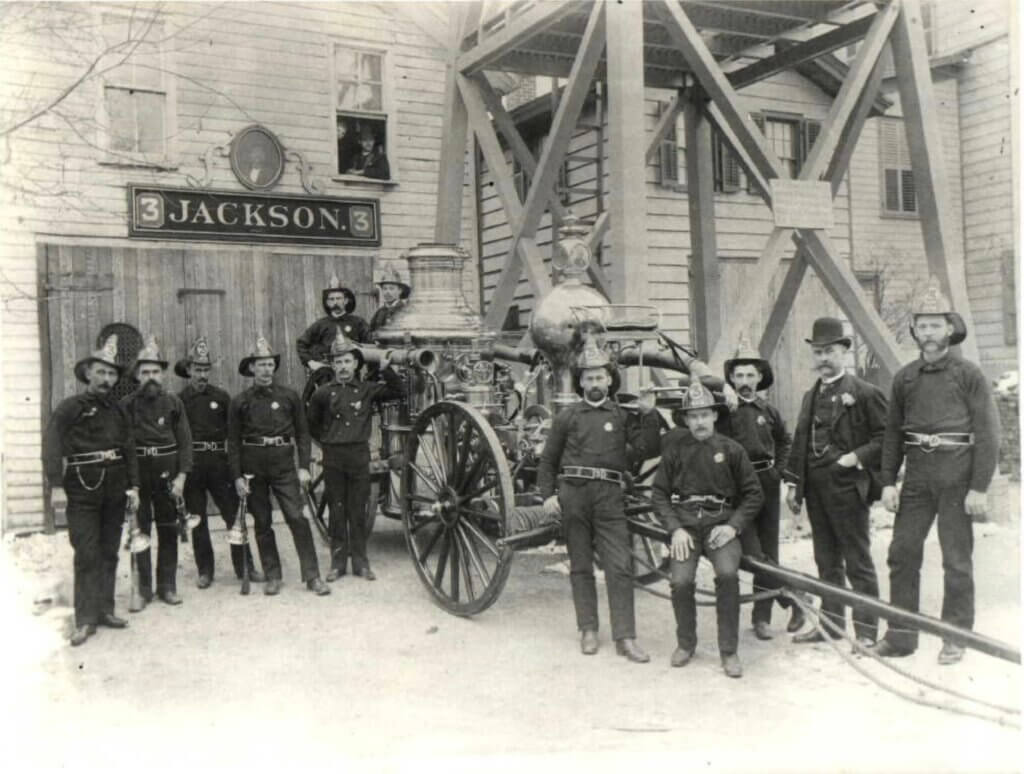
When the fire was finally contained, the damage was devastating. The fire destroyed Jackson Hose’s fire wagons, including the prized parade carriage. The station, a two-story brick building at 134 Main St. (now Hudson House restaurant), was a blackened shell. Furniture, papers, and village records were all destroyed.
This was not the first fire of its kind. For nearly three years, Nyack had suffered strange and unexplained fires. Local business owners had petitioned for better security just days before the fire. Evidence suggested the use of gas jets to start the fire. Many suspected Peter Ross, the former fireman with a possible motive for revenge.
Earlier Fires Point to a Firebug
Nyack first saw signs of a firebug in April 1906 when an explosion rocked the Opera House. By the time firefighters arrived, the bar room blazed fiercely. They saved the building, but the cause of the fire remained unclear. As more fires broke out, it became obvious that many were deliberately set.
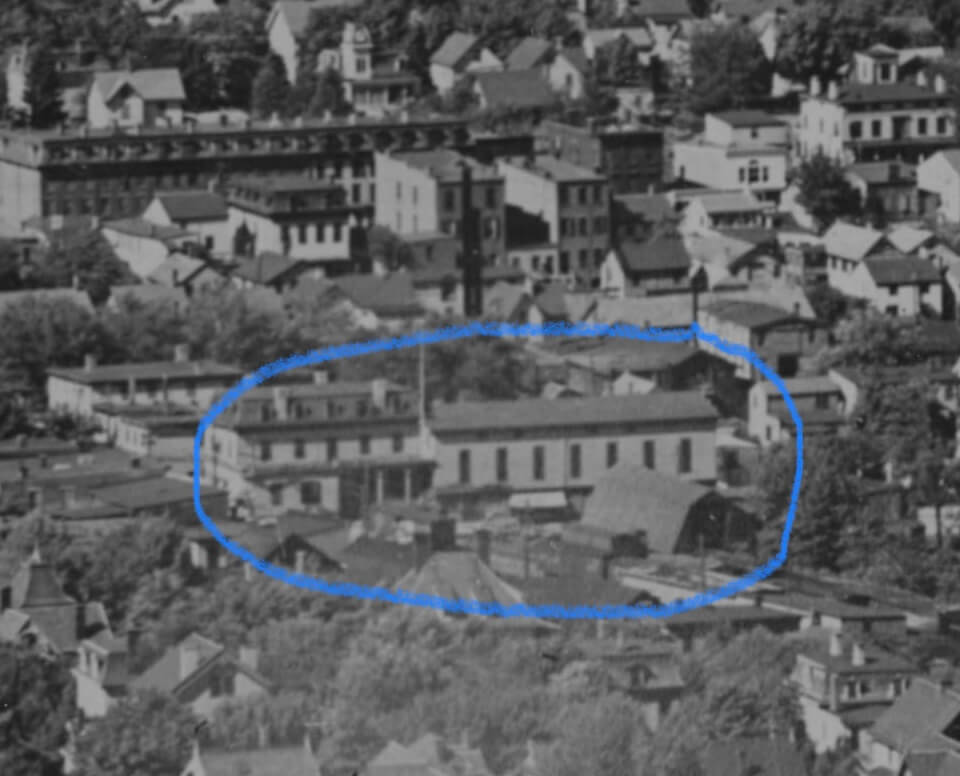
By June 28, 1909, Nyack had endured even more fires, all suspected to be arson. On July 11, a fire broke out in a barn on New Street, owned by the Lydecker brothers. The damage remained minimal, but firefighters found incendiary materials, suggesting foul play.
On July 19, four separate fires hit Nyack. A barn on Depew Avenue, owned by fish dealer Edward Tenny, suffered severe damage. A nearby hotel, Hudson View, experienced a small fire under a porch. Two other fires occurred at the John Porter Sign Company and T.S. Dutcher’s barn. All signs pointed to intentional ignition.


The Firehouse Fire: Peter Ross’s Destructive Act
The morning of July 20, 1909, began like any other. Peter Ross and his friend James Lynch went drinking at several local saloons. They then headed to the firehouse. Though their reasoning remains unclear, people saw them near the village jail located behind the fire house where two men were held on suspicion of arson. After Ross locked Lynch in the outer corridor of the jail, he left the firehouse. Lynch found himself locked in and unable to escape.
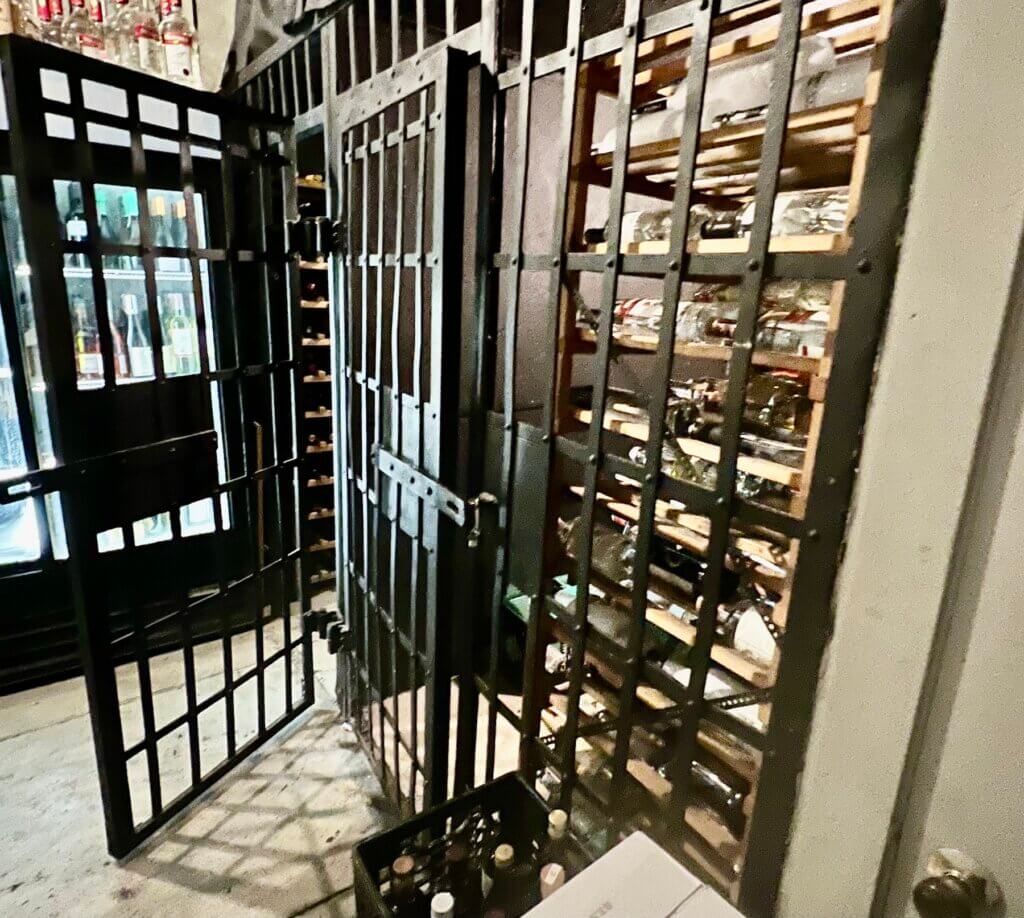
When the fire broke out, Ross was the first to respond. He tried to fight the flames, but the thick smoke made it difficult. An employee of the John Post Co., located behind the building, saw Ross and Lynch around the firehouse. Moments later, flames spread rapidly throughout the station.
Authorities quickly connected Ross to the fire. As an ex-fireman expelled from Jackson Hose for failure to pay his dues, Ross had both the means and opportunity. Investigators discovered opened gas jets in the firehouse, confirming the fire was arson. Though the evidence was circumstantial, Ross was arrested and bound over to the Grand Jury.
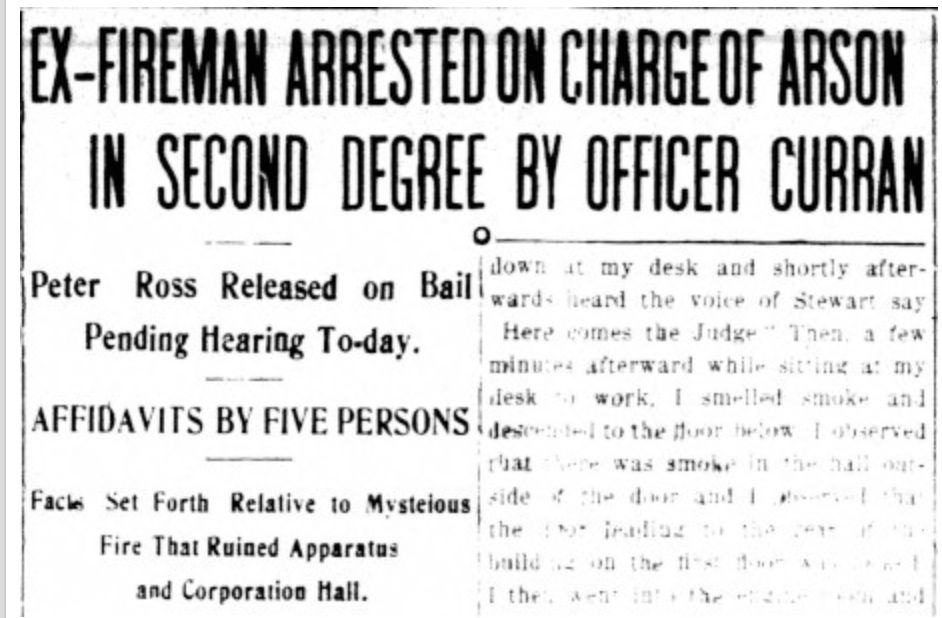
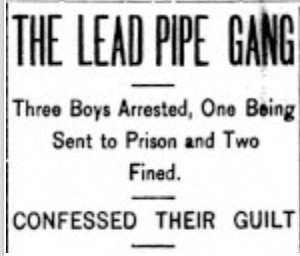
At the end of July 1909, authorities charged Ross with arson. Evidence implicated him in two other fires. Ross had a history of trouble. As a boy, he got arrested for stealing lead pipes from the Seabury Company on lower Main Street with two others.
The Grand Jury and Aftermath
By October 1909, the Grand Jury had convened. Rockland County hired a private investigator to follow Ross while he was out on bail. Despite this, the jury chose not to indict Ross. Instead, they issued a presentment, indicating the prosecution had strong internal knowledge of the case. No record exists of a trial or conviction.
Although Ross was never formally convicted of arson, his actions had lasting consequences. Nyack’s firehouse was never rebuilt at 134 Main Street. The Jackson Hose Company moved to a new location on Park Street. Village Hall underwent renovations, the fire doors were removed, and the police force moved into the former firehouse.
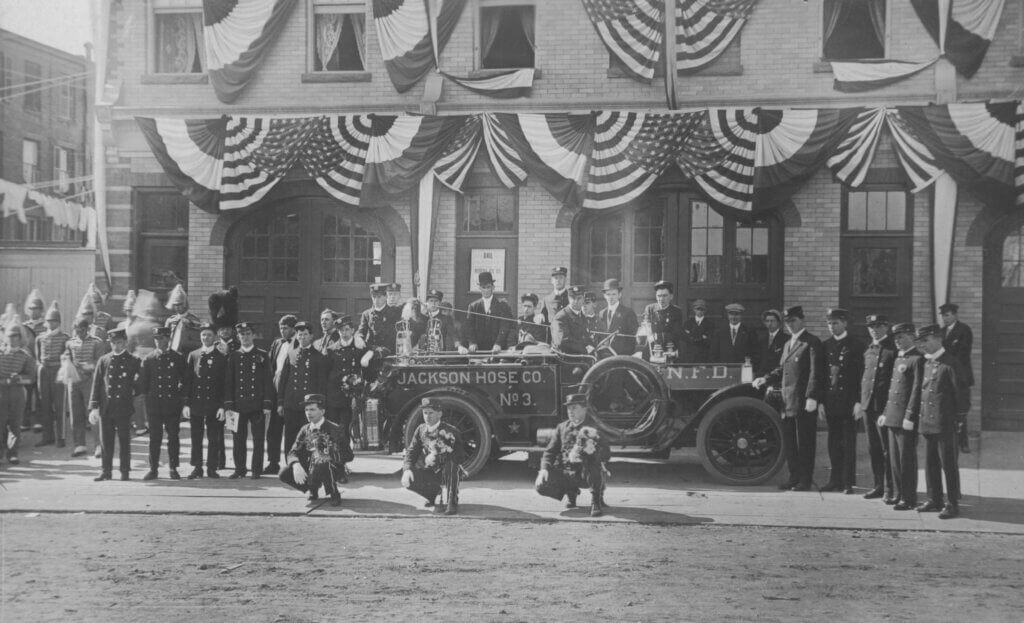
The Legend of Peter Ross
After the fire, Peter Ross’s life quieted down. He enlisted in the Army during World War I, serving with the 498th Aero Squadron in France. Ross was interred in Oak Hill Cemetery in 1923. His story, from fireman to arsonist, became a local legend.
The Jackson Hose Company never returned to 134 Main St. The building became the Hudson House restaurant in 1990, which preserved many historical features, including the village jail. As noted in the Nyack Fire Department’s 125th Anniversary, firemen still recount the story of Peter Ross and the firehouse fire, considering it a well-known chapter in Nyack’s fire history.
Mike Hays lived in the Nyacks for 38-years. He worked for McGraw-Hill Education in New York City for many years. Hays serves as Treasurer of the Historical Society of the Nyacks, Vice-President of the Edward Hopper House Museum & Study Center, and Upper Nyack Historian. Married to Bernie Richey, he enjoys cycling and winters in Florida. He has written the Nyack People & Places column since 2017. You can follow him on Instagram as UpperNyackMike.
Editor’s note: This article is sponsored by Sun River Health and Ellis Sotheby’s International Realty. Sun River Health is a network of 43 Federally Qualified Health Centers (FQHCs) providing primary, dental, pediatric, OB-GYN, and behavioral health care to over 245,000 patients annually. Ellis Sotheby’s International Realty is the lower Hudson Valley’s Leader in Luxury. Located in the charming Hudson River village of Nyack, approximately 22 miles from New York City. Our agents are passionate about listing and selling extraordinary properties in the Lower Hudson Valley, including Rockland and Orange Counties, New York.




